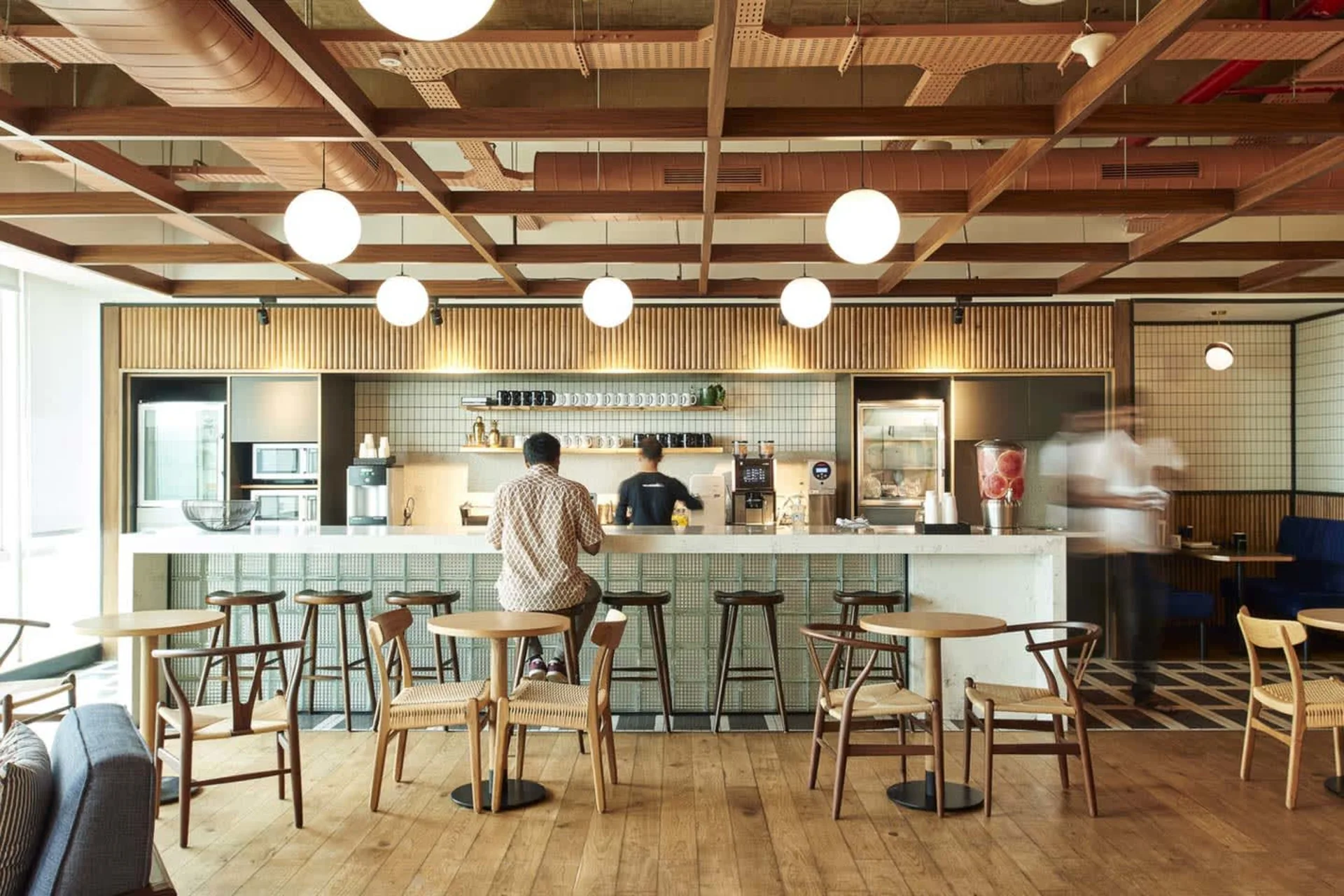
Back To Blogs
November 12, 2025
Joe Averill
5 mins
“Flexible office space” is one of the most misused terms in commercial real estate. Landlords, brokers, and providers often lump together very different products under the same label.
For CFOs, COOs, and Facilities Directors, that confusion is dangerous. Choosing the wrong type of flexible office can lead to overpaying, operational headaches, or being stuck in a space that does not scale.
This guide breaks down the three main flexible office models, co-working, serviced offices, and managed offices, and compares them to traditional leases.
Flexible office space refers to any workplace arrangement that offers shorter lease commitments, bundled services, and easier scalability compared with traditional long-term leases.
Key features include:
· All-inclusive pricing (rent, utilities, cleaning, security)
· Ready-to-use fit-outs and furniture
· Shorter terms (months or a few years vs 5–15 years)
· Ability to scale up or down quickly
Shared workspaces where individuals and companies rent desks or small offices, often in open-plan environments.
· Freelancers, startups, and small teams
· Companies needing overflow space or project hubs
· Low upfront costs
· Community and networking benefits
· Access to amenities on flexible terms
· Limited privacy
· Higher per-desk costs for larger teams
· Brand control is minimal
· London: £500–£800 per desk per month
· Manchester: £250–£400 per desk per month
· Private offices within a shared building, where reception, cleaning, utilities, and amenities are included.
· SMEs or mid-size companies
· Professional teams needing private space but bundled services
· More privacy than co-working
· One all-inclusive monthly bill
· Flexible expansion options within the same building
· Still pricier per desk than leases long-term
· Customisation limited to branding and layout changes
· London: £650–£1,000 per desk per month
· Regional UK: £300–£500 per desk per month
· Tailored, larger private offices or full floors managed by a provider. Contracts are longer than co-working (2–5 years) but more flexible than traditional leases.
· Mid-to-large companies (50–500 staff)
· Businesses wanting bespoke layouts without upfront capital investment
· Customisation of fit-out and design
· Bundled services but with more control than serviced
· Flexible scaling over contract term
· Longer commitments than coworking
· Less immediate move-in compared to plug-and-play serviced offices
· London: Equivalent £90–£110 per sq ft (all-inclusive)
· Regional UK: Equivalent £40–£55 per sq ft
· Long-term contracts (5–15 years) for office space where tenants pay rent and cover all other costs separately.
· Large, stable enterprises
· Businesses with specific fit-out needs
· Lowest rent per sq ft on paper
· Full customisation of space
· Heavy upfront capex (fit-out, furniture, IT)
· High exit costs (dilapidations, reinstatement)
· Inflexible when headcount changes
· London: £60–£90 per sq ft in the City; £135–£155 in West End prime
· Regional UK: £28–£40 per sq ft
Model Cost (per desk / sq ft) Flexibility Privacy Best For
Co-working £250–£800 / desk Very High Low Freelancers, startups, overflow
Serviced Office £300–£1,000 / desk High Medium SMEs, professional teams
Managed Office £40–£110 / sq ft equiv. Medium High Mid-size to large companies
Lease £28–£155 / sq ft Low Very High Large, stable enterprises
· Growth Forecasts: If headcount is volatile, avoid long leases.
· Capex vs Opex: If preserving capital is critical, flexible models win.
· Employee Experience: Co-working and serviced often deliver better amenities.
· Risk Appetite: Managed offices strike a middle ground — flexible but controlled.
👉 Model these options in LEVEL’s Office Cost Calculator to see true 5-year costs, including hidden expenses.
Serviced offices are plug-and-play, with short terms and limited customisation. Managed offices offer more control and bespoke layouts, usually with 2–5 year commitments.
Not usually for core operations. But co-working is useful for overflow space, project teams, or distributed workforce hubs.
Not always per sq ft. But when you include fit-out, dilapidations, and capex, managed offices can be cheaper over 3–5 years.
Co-working offers maximum flexibility but lowest privacy. Managed offices balance flexibility with customisation.
By using a total cost of occupancy approach. LEVEL’s Calculator makes side-by-side comparisons easy.
Not all flexible offices are created equal. Each model, co-working, serviced, managed, comes with different costs, risks, and cultural implications.
For CFOs and Facilities Directors, the smartest approach is not guessing. It is modeling.
👉 Use LEVEL’s Office Cost Calculator to compare coworking, serviced, managed, and traditional leases. Get clarity before committing to millions in spend.
Want to find your next leased, managed or serviced office space to rent? Book a call with our team today.